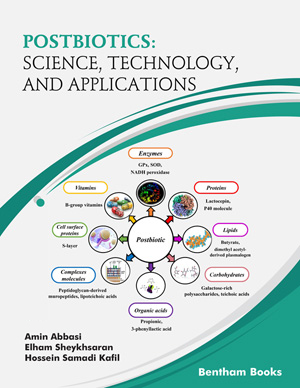Abstract
The largest organ in the human body is the liver which captures 2 to 3% of
the human body weight, located on the right side of the anterior quadrant in the
abdomen and below the anterior hemidiaphragm ribcage. It performs various important
functions such as digestion of food, protein production, fluid production, detoxification
of waste, etc. Liver injury known as liver trauma can be categorized into four types:
hepatocellular, autoimmune, cholestatic and infiltrative. Drug-induced liver injury can
match with any form of acute or chronic liver injury. Acute injury to the liver is mainly
due to the action of cytochrome P450, which disintegrates drugs into electrophiles or
free radicals; these reactive metabolites can covalently act on protein and unsaturated
fatty acids for induction of lipid peroxidation which leads to calcium homeostasis or
death. Toxicology of the liver is a complex concept that entails either concurrent as
well as sequential events. These events determine the pathways, severity and effects of
liver injury. Pharmacogenetics has made great progress in current years which indicates
the creation of refined algorithms that take drug, host and environmental risk variables
into account, allowing for the selection of better medicine based on accurate risk-benefit ratio calculations. In this chapter, we will discuss the anatomy, functions of the
liver, types of liver injury, risk factors, and various treatment strategies for the
treatment of liver diseases.






















